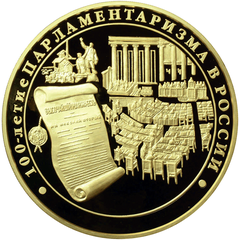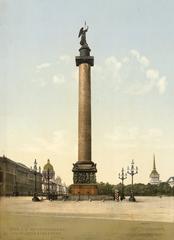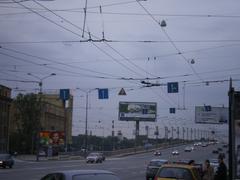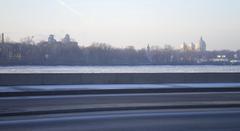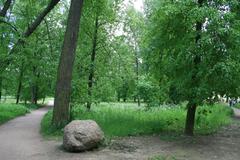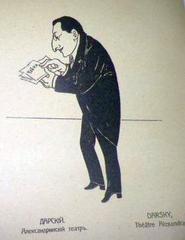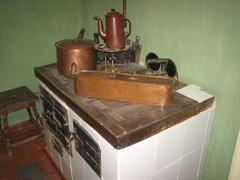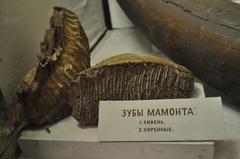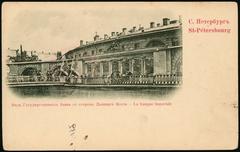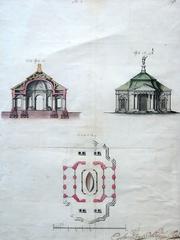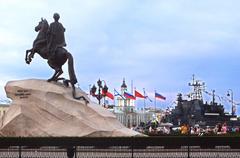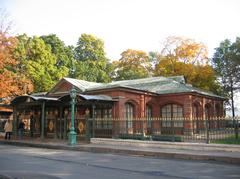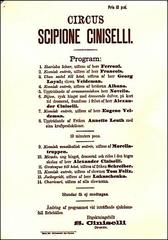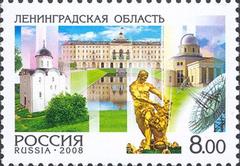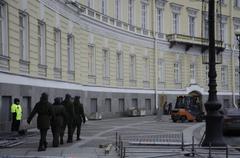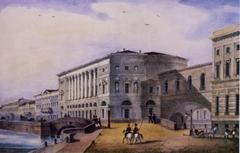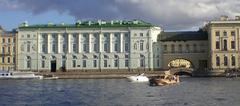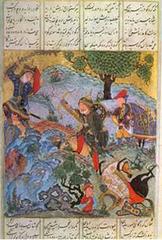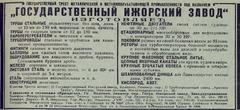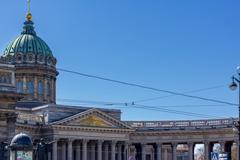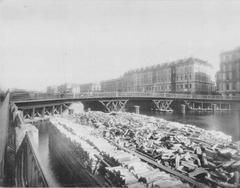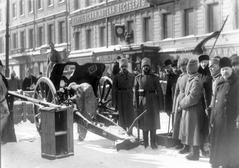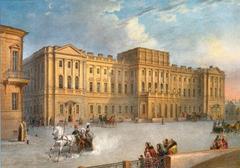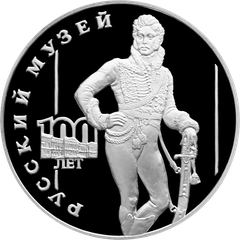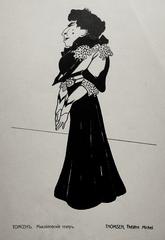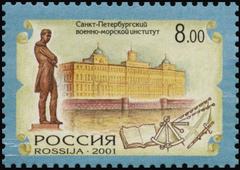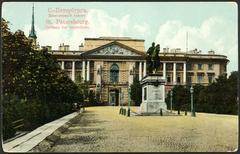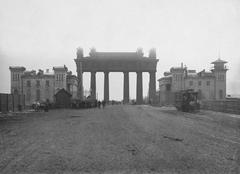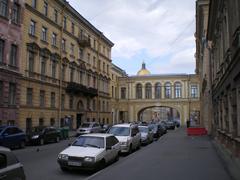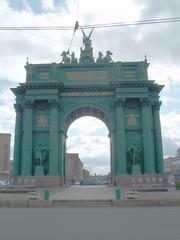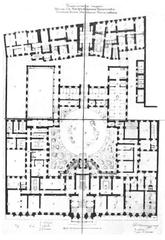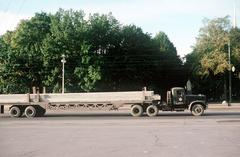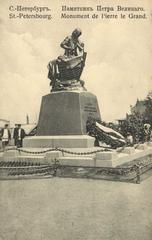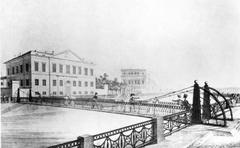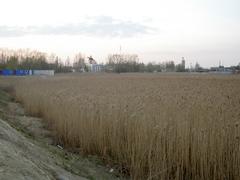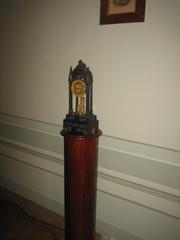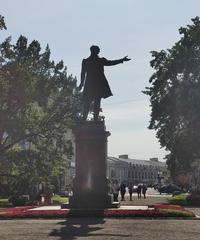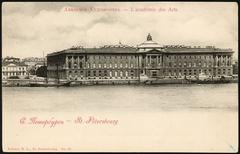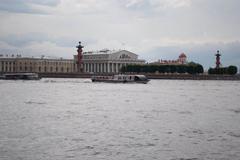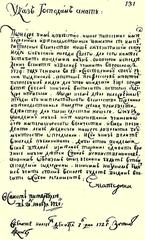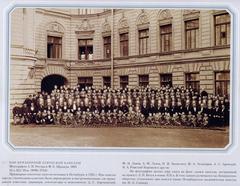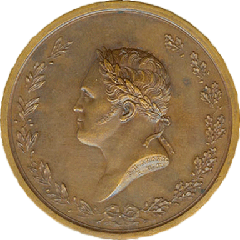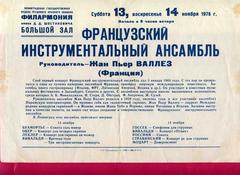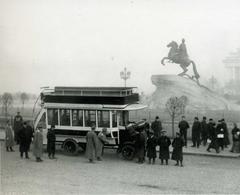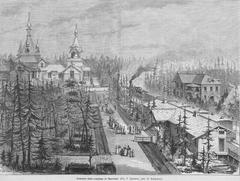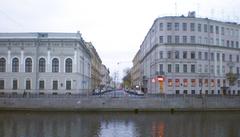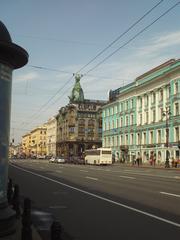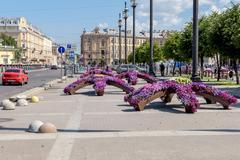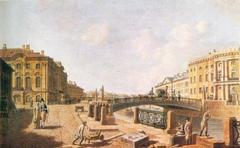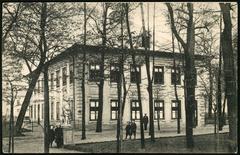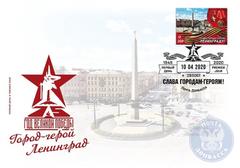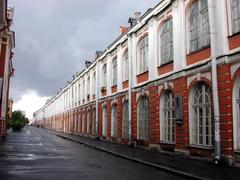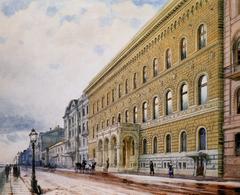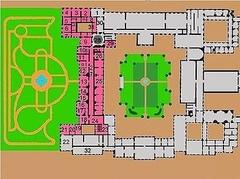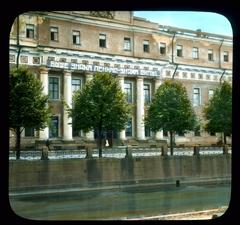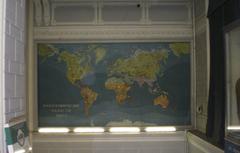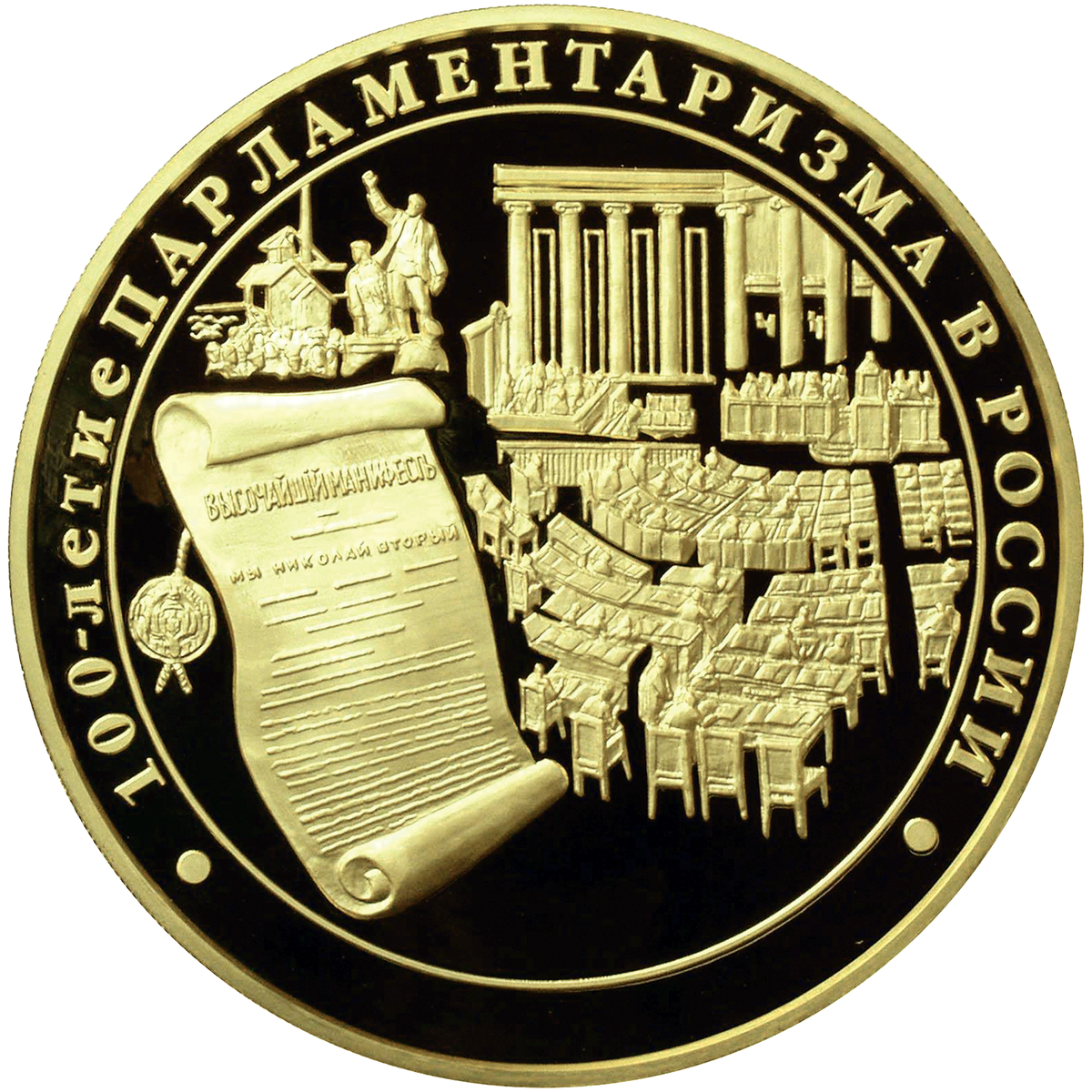
Visiting Tauride Palace: Hours, Tickets, and Historical Insights
Publication Date: 23/07/2024
Introduction to Tauride Palace
Tauride Palace, or Таврический дворец, stands as one of the most iconic architectural landmarks in Saint Petersburg, Russia. This neoclassical masterpiece, commissioned by Catherine the Great and constructed between 1783 and 1789, was designed by the renowned architect Ivan Starov. Named after Prince Grigory Potemkin, who was awarded the title ‘Prince of Tauride’ following his successful military campaigns in Crimea, the palace has played a pivotal role in Russian history (source) (source) (source).
The architectural grandeur of Tauride Palace, characterized by its symmetry, central dome, and extensive colonnades, makes it a quintessential example of neoclassical design. The interiors, including the lavish Catherine Hall and the pioneering winter garden, reflect the opulence and artistic innovation of the era. Beyond its architectural significance, the palace has been a focal point of Russian political history, serving as the seat of the State Duma in the early 20th century and the headquarters for the Provisional Government during the 1917 Russian Revolution (source) (source).
Today, Tauride Palace functions as the headquarters of the Interparliamentary Assembly of Member Nations of the Commonwealth of Independent States (CIS), as well as a venue for cultural and political events. It remains a living monument to Russia’s complex history, attracting visitors from around the world who are eager to explore its rich heritage. This guide provides detailed insights into the palace’s history, architectural highlights, visitor information, and travel tips, making it an essential resource for anyone planning to visit this historical gem in Saint Petersburg.
Contents Overview
- Early Construction and Design
- Architectural Features
- Role in Russian Politics
- Soviet Era and Beyond
- Cultural Significance
- Preservation and Restoration
- Visitor Experience and Information
- Nearby Attractions
- Notable Events
- FAQ
- Conclusion
Exploring the Rich History and Visiting Hours of Tauride Palace in Saint Petersburg
Early Construction and Design
Tauride Palace, or Таврический дворец, is one of the most significant architectural landmarks in Saint Petersburg, Russia. The palace was commissioned by Catherine the Great and constructed between 1783 and 1789. The architect behind this grand project was Ivan Starov, a prominent figure in Russian neoclassical architecture. The palace was named after Prince Grigory Potemkin, who was awarded the title “Prince of Tauride” following his successful military campaigns in Crimea, also known as Taurida.
Architectural Features
The design of Tauride Palace is a quintessential example of neoclassical architecture, characterized by its grandeur and symmetry. The palace features a central dome, extensive colonnades, and a large garden. The interiors were lavishly decorated with frescoes, stucco work, and gilded details. The main hall, known as the Catherine Hall, is particularly noteworthy for its size and opulence. The palace also includes a winter garden, which was one of the first of its kind in Russia.
Role in Russian Politics
Tauride Palace has played a pivotal role in Russian political history. In the early 20th century, it became the seat of the State Duma, the lower house of the Russian parliament. The First and Second Dumas convened here between 1906 and 1917. The palace was a focal point during the turbulent times leading up to the Russian Revolution. It was in Tauride Palace that the Provisional Government was formed in 1917 following the abdication of Tsar Nicholas II. This government was short-lived, as the Bolsheviks soon took control, leading to the establishment of Soviet Russia.
Soviet Era and Beyond
During the Soviet era, Tauride Palace underwent several transformations. It was repurposed as the headquarters for various Soviet institutions. In 1920, it became the home of the Communist International (Comintern), an organization aimed at promoting global communism. The palace also housed the Leningrad Communist Party and various other governmental bodies over the years.
In the post-Soviet era, Tauride Palace has been restored to its former glory and now serves as the headquarters of the Interparliamentary Assembly of Member Nations of the Commonwealth of Independent States (CIS). The palace is also used for various cultural and political events, making it a living monument to Russia’s complex history.
Cultural Significance
Tauride Palace is not just a political landmark; it is also a cultural treasure. The palace and its gardens have been the subject of numerous works of art, literature, and music. The gardens, designed in the English landscape style, were among the first of their kind in Russia and have inspired many other garden designs in the country. The palace itself has been featured in various films and television series, further cementing its place in Russian cultural history.
Preservation and Restoration
Efforts to preserve and restore Tauride Palace have been ongoing for decades. The palace suffered damage during World War II, but extensive restoration work has brought it back to its original splendor. The restoration efforts have focused on maintaining the historical integrity of the building while incorporating modern amenities to make it suitable for contemporary use. The palace is now a protected cultural heritage site, ensuring that future generations can appreciate its historical and architectural significance.
Visitor Experience and Information
Today, Tauride Palace is open to the public, offering guided tours that provide insights into its rich history and architectural features. Visitors can explore the grand halls, the winter garden, and the extensive grounds. The palace also hosts various exhibitions and cultural events, making it a vibrant part of Saint Petersburg’s cultural landscape. For those interested in Russian history and architecture, a visit to Tauride Palace is a must.
- Visiting Hours - The palace is typically open from 10:00 AM to 6:00 PM, but it’s advisable to check the official website for any changes or special events.
- Ticket Prices - General admission is around 500 RUB, with discounts available for students and seniors.
- Travel Tips - The palace is easily accessible by public transport, with the nearest metro station being Chernyshevskaya. It’s recommended to wear comfortable shoes as there is a lot to explore.
Nearby Attractions
While visiting Tauride Palace, consider exploring other nearby attractions:
- Smolny Cathedral - A stunning example of Baroque architecture, located just a short distance away.
- Summer Garden - One of Saint Petersburg’s most beautiful parks, perfect for a leisurely stroll.
- Nevsky Prospekt - The main street of Saint Petersburg, offering shopping, dining, and more historical sites.
Notable Events
Over the years, Tauride Palace has been the venue for numerous significant events. One of the most notable was the Tauride Palace Conference in 1917, which played a crucial role in the formation of the Provisional Government. More recently, the palace has hosted international conferences, cultural festivals, and political summits, continuing its legacy as a center of political and cultural activity.
FAQ
What are the visiting hours of Tauride Palace?
- Tauride Palace is typically open from 10:00 AM to 6:00 PM.
How much are the tickets to Tauride Palace?
- General admission tickets are approximately 500 RUB, with discounts for students and seniors.
Are there guided tours available?
- Yes, guided tours are available and highly recommended to fully appreciate the history and architecture of the palace.
Conclusion
Tauride Palace stands as a testament to Russia’s rich history and architectural prowess. From its origins as a grand residence for Prince Potemkin to its role in the political upheavals of the 20th century, the palace has witnessed and played a part in many significant events. Today, it continues to be a symbol of Russia’s cultural and political heritage, attracting visitors from around the world who come to marvel at its beauty and learn about its storied past.
For more detailed information, you can visit the official Tauride Palace website or explore additional resources on Wikipedia.
Summary and Final Thoughts
Tauride Palace is more than just an architectural marvel; it is a testament to Russia’s rich historical and cultural tapestry. From its inception in the late 18th century as a grand residence for Prince Potemkin to its role as a political hub during the early 20th century and its current status as a cultural and political venue, the palace encapsulates the essence of Russian heritage (source) (source).
The meticulous preservation and restoration efforts have ensured that Tauride Palace retains its historical integrity while accommodating contemporary uses. Visitors can immerse themselves in the grandeur of neoclassical architecture, the opulence of the interiors, and the beauty of the extensive gardens. The palace’s rich history, from hosting the State Duma to the formation of the Provisional Government, adds layers of intrigue and significance to each visit (source) (source).
For those planning to explore Saint Petersburg, Tauride Palace offers not only a glimpse into the past but also an opportunity to engage with ongoing cultural and political events. Whether you are a history enthusiast, an architecture aficionado, or a casual traveler, a visit to Tauride Palace promises a memorable and enriching experience. Be sure to check the official Tauride Palace website for the latest visiting hours and ticket information, and consider exploring nearby attractions such as the Smolny Cathedral and the Summer Garden to make the most of your trip (source) (source).
Sources and Further Reading
- Exploring the Rich History and Visiting Hours of Tauride Palace in Saint Petersburg, 2024, Author. source
- Exploring Tauride Palace: Visiting Hours, Tickets, and Historical Significance, 2024, Author. source
- Tauride Palace: History, Visiting Hours, Tickets, and Tips for Exploring Saint Petersburg’s Historical Gem, 2024, Author. source
